Now is the best season to discover Kaohsiung by riding the light rail.
Granted, there are only a few stops, but they mark the beginning of a transport revolution. It is from here that the wheels will move the whole city. It is from here that a magnificent proliferation is occurring.
It is an impressive future, and the ambition is readily visible even during the test-drive period. Be it the train stations or the visually spectacular skylines, they point us in the direction of where the future is heading. Perhaps the rails will cross the border to another city; perhaps they form the texture of city life, whose evolution is laid out in observable grid patterns.
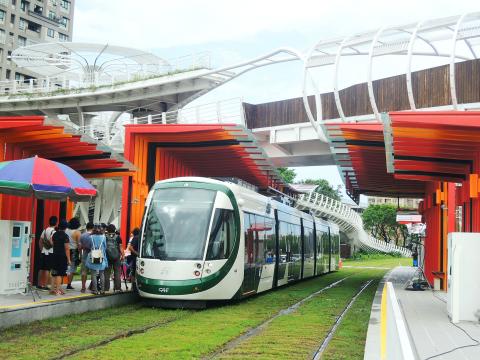
Photo: Ko Yo-hao, Taipei Times
照片:記者葛祐豪攝
Thanks to the light rail, Kaohsiung has been enriched and given a touch of sophistication. It is no longer just a hardcore industrial powerhouse or a big port replete with wild sea breezes. Every time a passenger steps off the light rail, it is an exploration through lanes and alleys that could lead to an antique Japanese building, a nostalgic coffee shop or a pristine waterway that flows into a small area of wetland. These places are quietly arrayed in the center of the city. Each encounter is a pleasant surprise. You may have set foot in the same place countless times, but every time is as fresh as the first.
Experience Kaohsiung with a different means of transport.
(Liberty Times, translated by Ethan Zhan)
這個季節最適合搭輕軌發現高雄。
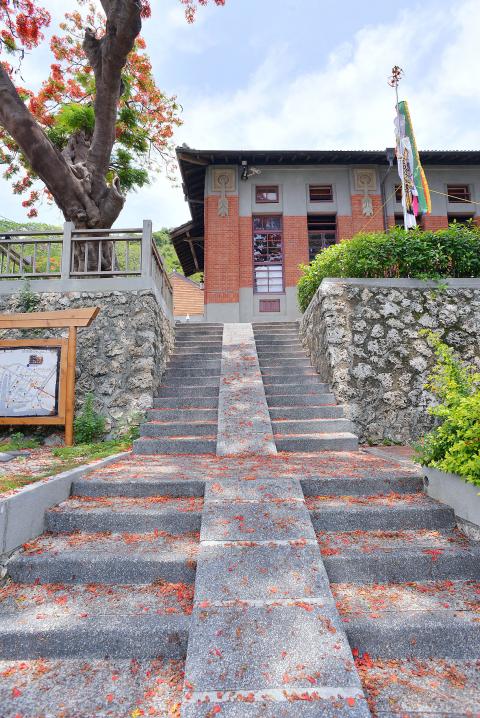
Photo: Pan Tzu-chiang, Taipei Times
照片:記者潘自強攝
雖然只有幾個站,卻是交通革命的最初。從這兒要輪轉起整座城市,一個壯闊的展延正在開始。
很雄心壯志的未來,其實在試營運就看得出這樣的野心。不論是站體還是視覺豐富的天際線,都顯示以後的腳步方向,也許,會跨越縣市的邊界,也許是城市生命的紋理,觀察到再進化的軸線。
因為輕軌,高雄變得豐富而細緻,不是粗獷的工業重鎮,也不只是海風野味飄散的大港。每一次由輕軌下車的接駁都是街巷探索的進行,一幢日式老宅、一間懷舊咖啡屋,一條清澈小水道流出一片小濕原,靜靜地鋪陳鬧區中,是驚喜的接觸,已經不知第幾回到訪,猶然新鮮。
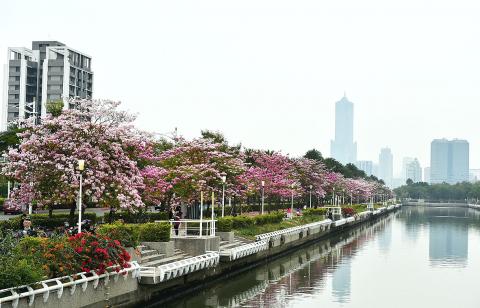
Photo: Chang Chung-i, Taipei Times
照片:記者張忠義攝
換個交通工具來品味高雄!
(自由時報資深記者黃明裕)
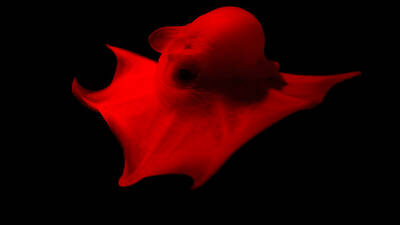
The deep waters off the coast of California are home to a bizarre creature: the flapjack octopus. This creature, known for its pancake-like appearance, spreads itself thin on the seabed as a clever survival strategy, making it difficult for predators to spot and capture it. With its unique, umbrella-shaped body formed by webbed arms, the flapjack octopus moves through the water in a graceful manner. It propels itself forward by rhythmically moving its body and contracting its webbed arms. Its pair of ear-like fins, which move independently yet with remarkable coordination, also help it explore the deep-sea environment. These
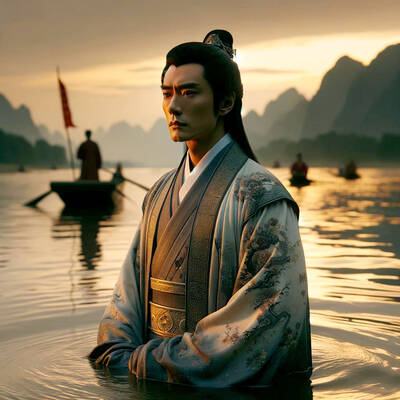
Bilingual Story is a fictionalized account. 雙語故事部分內容純屬虛構。 I stand by the Miluo River as dusk falls. The court betrayal is too much. I served Chu with loyalty. I forged alliances and fought corruption. But the whispers of jealous courtiers, the murmurs of treason, spoke louder. The king cast me out. The water looks calm. It promises peace. I step in. The river is cold against my legs. I hear shouts behind me — fishermen calling my name. I keep walking. The calls grow louder, but I do not turn around. The water rises to my chest. It pulls at me. I
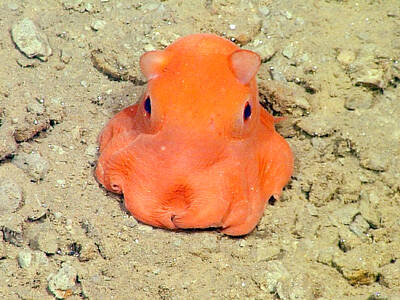
Continued from yesterday(延續自昨日) https://www.taipeitimes.com/News/lang Many people may be familiar with flapjack octopuses thanks to Pearl, a charming character from the Pixar film Finding Nemo. However, her portrayal presents several scientific inaccuracies. In reality, flapjack octopuses are deep-sea creatures, which are unsuitable for the brightly lit shallow reef environment depicted in the film. Their primary defense mechanism relies on their reddish coloration, which would be ineffective in the well-lit shallows. Pearl’s famous line, “You guys made me ink,” is another fictional detail that is not consistent with the observed actions of real flapjack octopuses. As common as it is in many other octopus

In Taiwan, people can use a platform to rent a power washer for a weekend or share unused garage space for someone’s storage needs. These are examples of the sharing economy, a consumption model that has gained widespread adoption worldwide. This approach allows people to rent or share assets like cars, homes or even services, typically through online platforms. This innovative model poses a simple yet powerful question: why purchase infrequently used items when sharing is more practical? By making useful but idle resources accessible, the sharing economy turns them into sustainable opportunities. Internationally, platforms like Airbnb and Uber have popularized